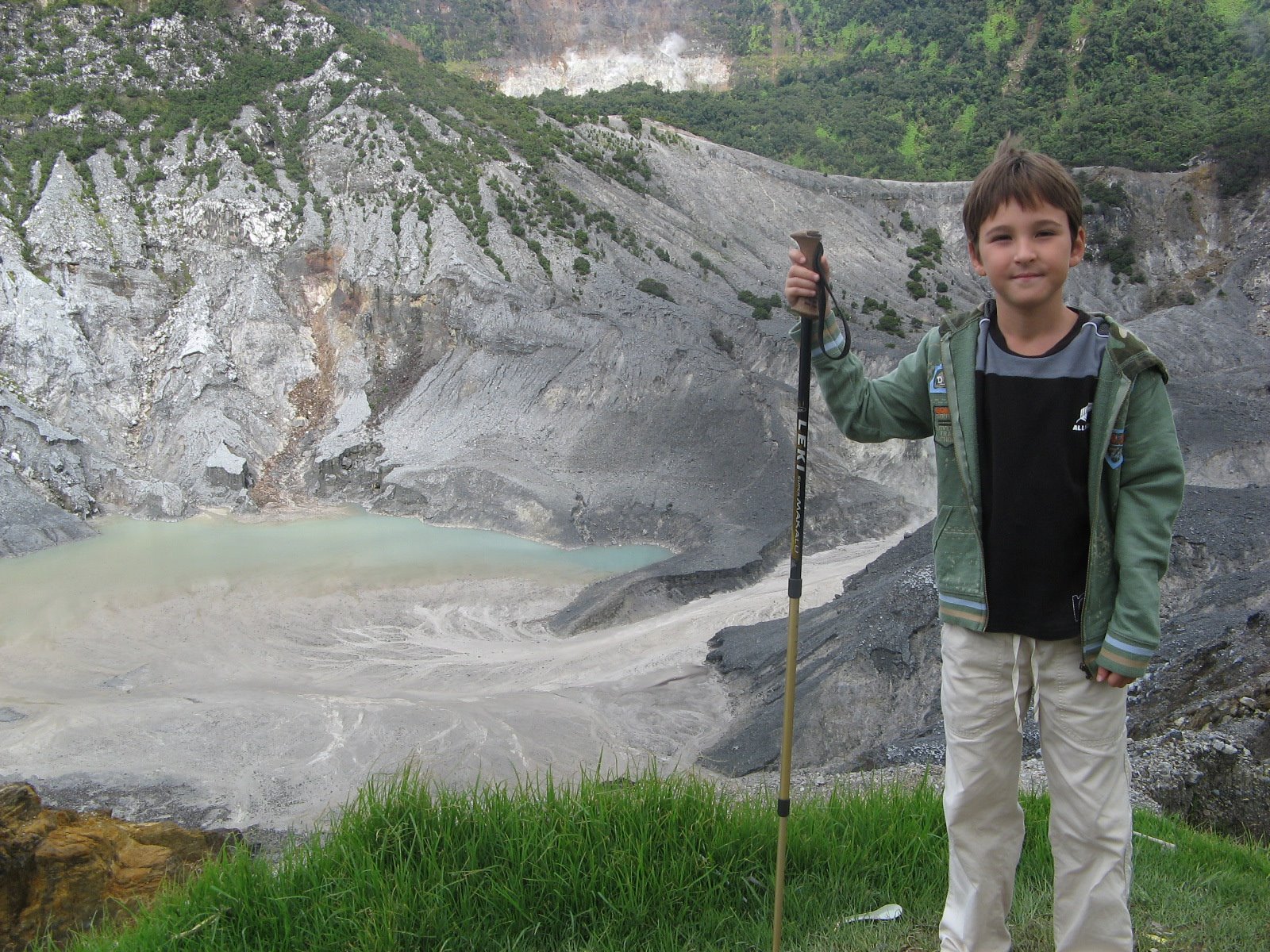 April 1998 heralded a new era in the history of Sri Lankan civil aviation when its flag carrier, Air Lanka, was privatised following the establishment of a strategic partnership with Dubai based Emirates Airline. The agreement, in which the United Arab Emirates airline took a 40% shareholding in the company, was the regenerative boost that was urgently needed to re-establish Air Lanka as southern Asia’s preferred international carrier. This was crucial as throughout the previous decade investment had been minimal - a factor that had retarded growth and taken away the airline’s competitive edge.
April 1998 heralded a new era in the history of Sri Lankan civil aviation when its flag carrier, Air Lanka, was privatised following the establishment of a strategic partnership with Dubai based Emirates Airline. The agreement, in which the United Arab Emirates airline took a 40% shareholding in the company, was the regenerative boost that was urgently needed to re-establish Air Lanka as southern Asia’s preferred international carrier. This was crucial as throughout the previous decade investment had been minimal - a factor that had retarded growth and taken away the airline’s competitive edge.As part of its commitment to the Sri Lankan government Emirates contracted to undertake the management of Air Lanka for a 10-year period, during which time it would establish programmes to stimulate renewed growth and profitability. Primary among these considerations was the development of Bandaranaike International Airport, Colombo, as a major passenger and cargo hub linking east and west.
The business plan put forward by Emirates centred on the appointment of a new board of directors drawn from the Sri Lankan government and Emirates Airline. Pertinent to this the chief executive officer (CEO) was to be seconded from Emirates. To help achieve its objective of raising Air Lanka’s profit margin, a thorough overhaul and analysis of the airline’s infrastructure was completed. This resulted in Air Lanka adopting a whole new approach to airline operation. Cost-effective strategies were introduced; new pro-active management teams were put in place; computer technology became the basis of everyday activities; a reappraisal of the airline’s network was made; product enhancement became part of airline philosophy, and a fleet renewal programme was activated. But to raise awareness and underline its new ideals the airline set into motion a re-branding programme.
The perceived success of the business plan was, to a great extent, based on the acquisition of six new fuel efficient, easy to maintain, passenger friendly Airbus A330-200s to complement its fleet of A340-300 and A320-200 aircraft. The first A330-200 joined the airline in October 1999, with the remaining five delivered by July 2000. That same year saw Air Lanka’s last L1011 TriStar sold to Air Transit (Canada) but perhaps more momentus, in July 1999, the company’s fourth A340-300 arrived at Colombo painted in the airline’s new corporate livery. SriLankan Airlines was now on view to the world.
As part of its product enhancement programme SriLankan upgraded its existing A340 fleet into two-class configuration - business and economy. At the same time the interior décor and seats were refurbished to reflect the airline’s new corporate image and the inflight entertainment systems were improved to match those of the new A330s. The A320 short-haul fleet also underwent an interior modernisation programme.

1 comment:
I like the Sri Lanka plane Abalki. Your posting are getting much better. I love seeing them.
BigBadBob
Post a Comment